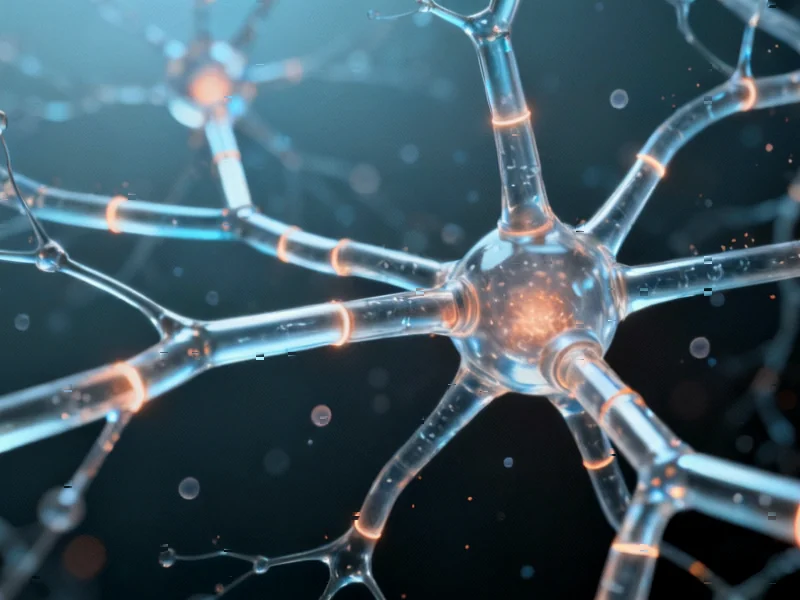Brain’s Hidden Nanotube Network Discovered, May Explain Alzheimer’s Spread
Scientists have discovered a previously unknown network of microscopic tubes in the brain that transport toxic substances between neurons. This finding could fundamentally change our understanding of how Alzheimer’s disease spreads through brain tissue.
Brain’s Secret Transport System Revealed
Researchers at Johns Hopkins Medicine have uncovered what appears to be a hidden highway system within the brain—microscopic tubes that shuttle toxic substances between neurons. According to their recently published study in Science, these nanotube networks might explain both how brain cells clear waste and how Alzheimer’s-related proteins spread throughout the brain.

